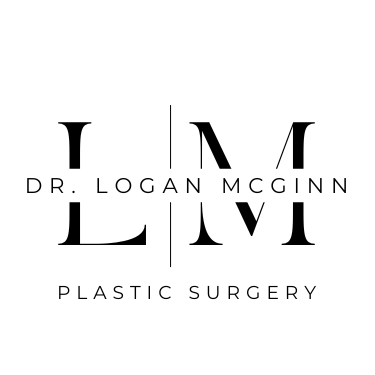Breast Augmentation
The decision to undergo breast augmentation often stems from a personal desire for change. Factors like genetics, aging, pregnancy, and weight fluctuations can alter the natural contours of the breasts. Some women consider augmentation to restore the volume or shape they once had, while others pursue it as a personal preference to achieve their desired aesthetic. It’s important to note that each woman’s motivations are unique, and the decision to proceed with the surgery is a deeply individual one.
Motherhood is a transformative journey, both emotionally and physically. Pregnancy, childbirth, and breastfeeding are beautiful experiences, but they can lead to changes in the body that not all mothers anticipate. One of the most pronounced changes occurs in the breasts. Post-pregnancy and breastfeeding, breasts might lose volume, appear deflated, or lack their pre-pregnancy firmness. This can sometimes impact self-confidence, as mothers reminisce about their pre-baby body contours. Breast augmentation addresses these concerns directly, restoring or enhancing the breasts to a fuller, more youthful state, thereby boosting a mother’s confidence and self-image as she embraces this new chapter in her life.
Are you ready to make an appointment?
How a Breast Augmentation works
This procedure involves placing implants behind the breast tissue or under the chest muscle. The implants can be filled with either sterile saline solution or cohesive silicone gel (gummy bear implants). Incisions are made in discreet locations, such as under the breast, around the areola, or in the armpit, to minimize visible scarring. The choice of implant, its placement, and the incision site are determined based on the patient’s anatomy, the surgeon’s recommendation, and the patient’s preference. Recovery is crucial, especially for active women and moms, and typically involves a short period of rest followed by a gradual return to daily activities, with most patients resuming their full routines within several weeks.
Surgery length
2 hours
Anaesthesia
General
Hospitalization
No overnight stay required
Risks
Temporary swelling, mild bruising, some pain, bleeding, infection, asymmetry, implant failure, scarring around the implant (capsular contracture)
